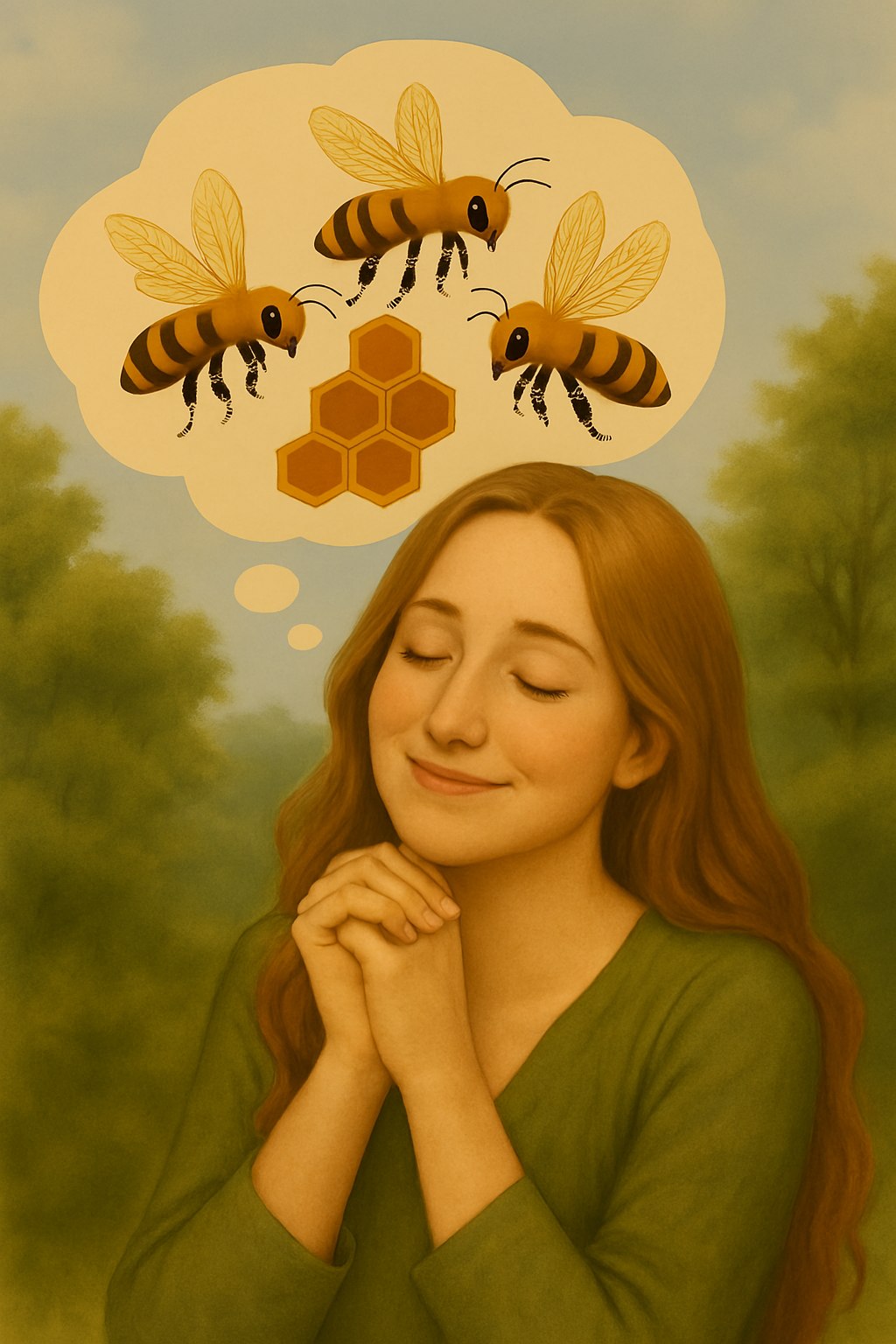
Where to start
The thought of starting to keep bees can be so exciting. But at least for me, it was also an overwhelming learning curve to start out with. I don’t think beekeepers ever stop learning (at least the good ones don’t), that learning curve is always there. Once you understand the basics, you’ll want to dive even deeper into understanding them, the threats they face, and how you as their beekeeper can help the bees navigate them. And chances are, you’ll have your own dreams and aspirations as a beekeeper, that will have you neck deep in research too.
But starting out, there are some basic things you really should be familiar with. The aim of this post is to begin to get your feet wet.
Where to put your hives
This is a pretty important question to ask yourself as you’re contemplating getting bees. Do you live on a 500 acre farm in the middle of nowhere, or in an apartment in the middle of a large city? Believe it or not, you may be able to get bees in both locations. With the second, you’ll just need to be more creative.
You’ll want to put the hives somewhere that you will have easy access to them, but away from walkways and entertaining areas. Near a fence at the back of your yard where they will have morning sun is a good option do you live somewhere with a city lot as your property.
If you live on acreage, you have a few more options. Just remember that bears and skunks enjoy creating havoc on your hives, so you’ll want to have an electric fence if these creatures are nearby.
If you’re that apartment dweller then you just have to get a bit more creative. Think of the friends and family you have that really are into “saving the earth” and all things “green”. Where there’s a will, there’s usually a way.
Decide on your hive type

This is a Langstroth hive, and is the most common hive. It’s the one that would be considered “standard”, and is the kind of hive I use. There will be the most equipment available for this hive design.

This hive is a Warre hive, and is not as common. It is designed to mimic the hollow of a tree. Beekeepers who use this hive design take a very hands off approach to beekeeping, often only getting into the bees twice a year.
A top bar hive allows the bees to build their own comb. This hive is also very easy to build yourself. It is not ideal to overwinter in a cold climate. For honey harvest, you crush and strain, so each time after harvest, the bees have to make more comb. In the end, you get less honey and more wax with this hive type.
When to get your bees
Spring is the best time to get your new colonies. There are several different ways to acquire bees.
- Buying a full size hive is generally more expensive, and can be intimidating for new beekeepers
- A nuc is a small box with four or five frames of bees and is just like a full size hive, with honey, pollen, capped brood, larvae and eggs with their queen and her offspring
- A package of bees is 3 (or 4) pounds of bees with an unrelated queen, and a can of sugar but no comb or resources
- A swarm is a colony’s natural way to reproduce but collecting a swarm is best left to experienced beekeepers
I will be posting more about the specific details for each option in a future blogpost, but my goal here is to give you an overview of each option.
Beekeeping tools
There are all kinds of tools a beekeeper could use, but the basics are a hive tool to pry things apart with, a smoker to keep the bees calm, and protective gear for the beekeeper. A beginner should always wear at the least a veil. Even after twelve years of beekeeping I’ll still usually throw on my jacket. Remember that while bees are usually gentle, it is important to have a healthy respect for them.
I hope this post helps you feel a bit more confident to begin your beekeeping journey. Check back for more beginning beekeeping content along with my regular detailed posts. Happy beekeeping!
